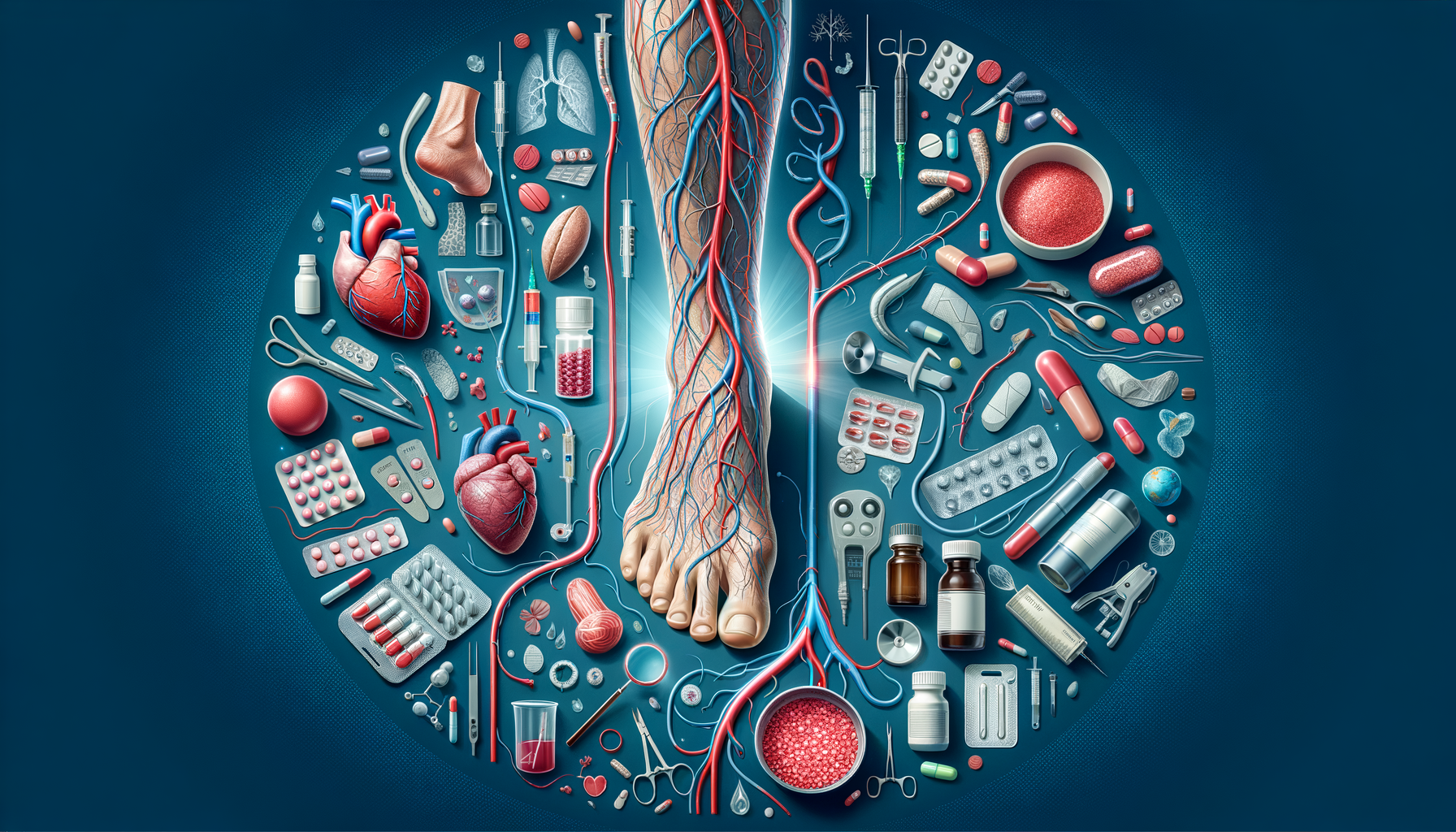Introduction to Varicose Veins
Varicose veins are a common condition where veins become enlarged, twisted, and sometimes painful. They are most often seen in the legs and can affect anyone, though they are more prevalent in women and older adults. Understanding the treatment options available is crucial for those affected, as it can help alleviate symptoms and improve quality of life.
Conservative Treatments
For many, the first step in addressing varicose veins involves conservative treatments. These non-invasive methods focus on lifestyle changes and supportive measures to alleviate symptoms:
- Compression Stockings: These are specially designed socks that apply pressure to the legs, helping veins move blood more efficiently.
- Exercise: Regular physical activity can improve circulation and help maintain a healthy weight, reducing the pressure on veins.
- Dietary Changes: Eating a diet rich in fiber and low in salt can prevent swelling and improve vein health.
While these methods do not eliminate varicose veins, they can significantly reduce discomfort and slow the progression of the condition.
Minimally Invasive Procedures
When conservative treatments are insufficient, patients might consider minimally invasive procedures. These options are less disruptive than surgery and often require only local anesthesia:
- Sclerotherapy: A solution is injected into the vein, causing it to scar and close. This stops the vein from carrying blood, and it eventually fades.
- Endovenous Laser Treatment (EVLT): A laser fiber is inserted into the vein, delivering heat that causes the vein to collapse and seal shut.
- Radiofrequency Ablation: Similar to EVLT, this technique uses radiofrequency energy to heat and close off the vein.
These procedures are typically quick, with minimal recovery time, making them attractive options for many patients.
Surgical Options
In cases where varicose veins are severe or do not respond to less invasive treatments, surgery may be necessary. Surgical options include:
- Vein Stripping: This involves removing long sections of the affected veins through small incisions.
- Ambulatory Phlebectomy: Small sections of the vein are removed through tiny punctures in the skin.
Surgery is generally more invasive and requires a longer recovery period. However, it can be effective in removing large, problematic veins and providing long-term relief.
What to Expect Post-Treatment
After undergoing treatment for varicose veins, patients can expect a range of outcomes depending on the procedure. For minimally invasive treatments, recovery is often quick, with many returning to normal activities within a day or two. Following surgery, recovery may take longer, with instructions to avoid strenuous activities for several weeks.
It’s important for patients to follow their doctor’s advice regarding post-treatment care, which might include wearing compression garments and attending follow-up appointments to monitor progress.
Overall, most patients experience significant relief from symptoms and improved aesthetic appearance of their legs. However, maintaining a healthy lifestyle is crucial to prevent new varicose veins from developing.




Leave a Reply